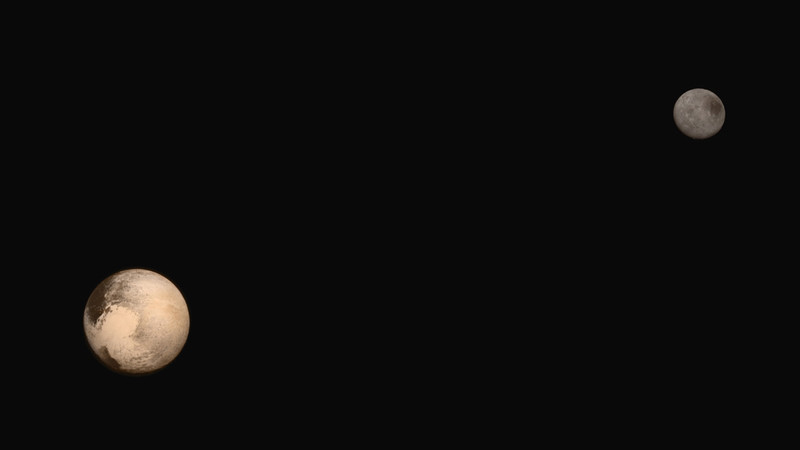July 14th was a fantastic ride. NASA’s New Horizons mission took us through the Pluto system on the adventure of a lifetime, an adventure that will continue to unfold for many months as the large batch of data captured by the tiny spacecraft is sent back to Earth in radio trickles.
The encounter with Pluto and its large moon Charon dealt us far more surprises than expected. Far from being the icy, crater-scarred orbs that conventional thinking might have prepared us for, both appear to have relatively young, nearly crater-free surfaces–which means that some form of activity has taken place in their recent history—sometime in the past 100 million years or so.
Tectonic activity? Cryo-volcanism? A sub-surface ocean? Atmospheric meteorological phenomena? We don’t know, yet—but that’s part of the ongoing journey of discovery that we can enjoy for years.
But even as Pluto data continues to flow in with fresh food for thought on these questions, mission scientists have their eyes on a further adventure, beyond Pluto. Though no definite decisions have been carved in ice yet, the opportunity to expand on the exploration of Pluto’s realm, the Kuiper Belt, is open wide before New Horizons’ flight trajectory.
New Horizons is in good condition, having survived its decade-long trek to Pluto, mostly in a preserving state of robotic hibernation. Powered by plutonium, the spacecraft’s energy source can last for, well, thousands of years.
